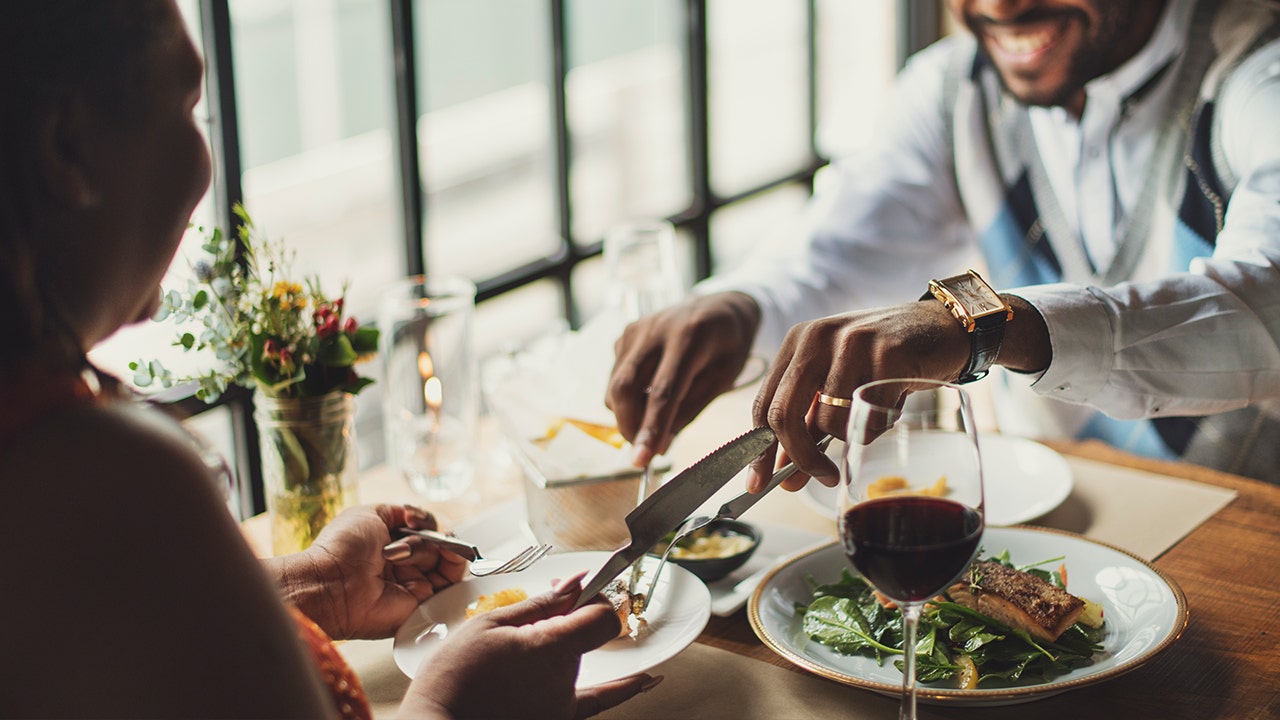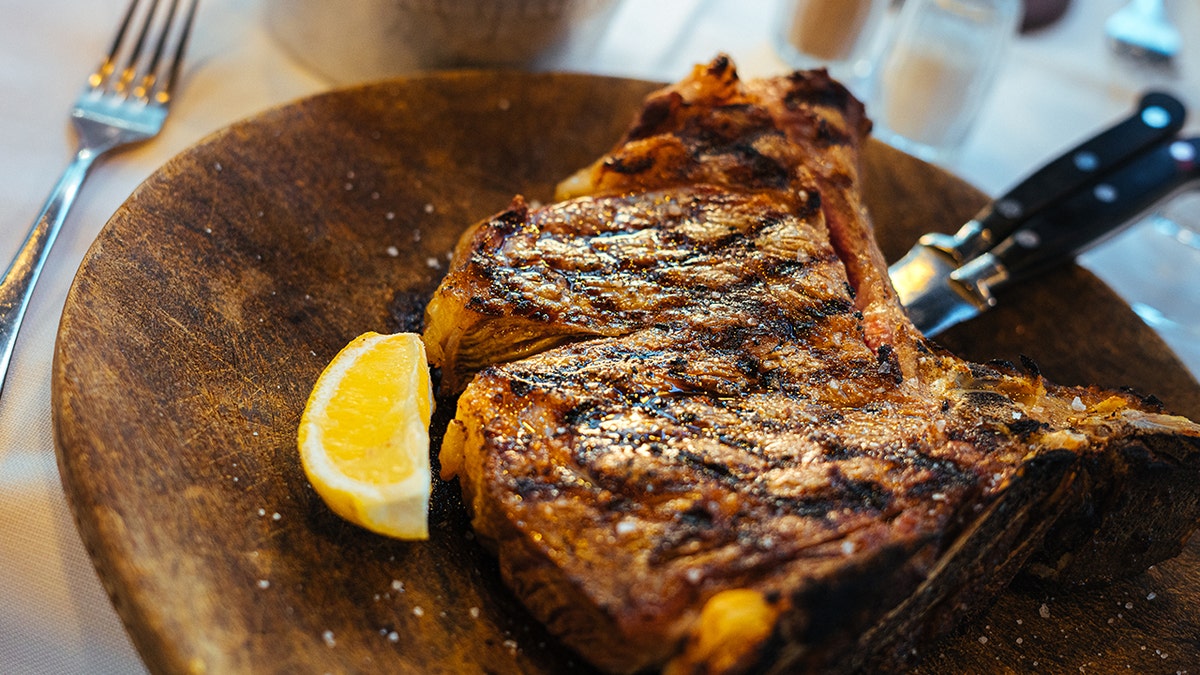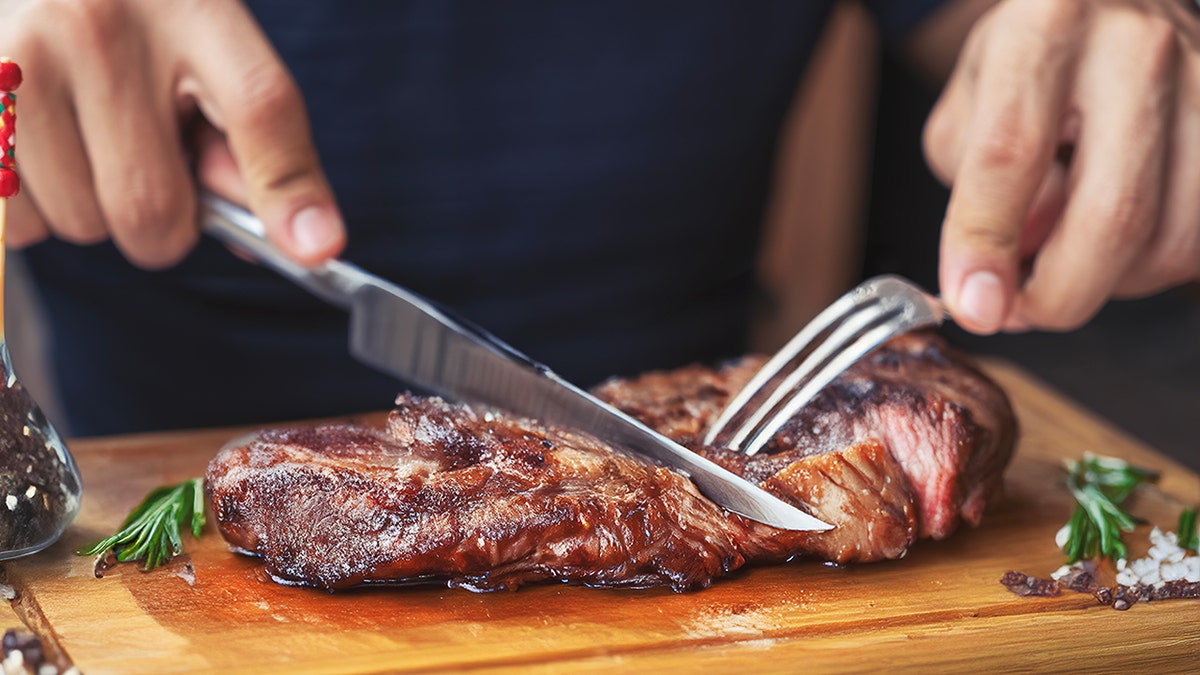Why some steakhouses are thriving while others can’t keep diners coming back: ‘Not just about the food’

NEWYou can now listen to Fox News articles!
It may seem like the era of casual dining is over, but one restaurant industry is still sizzling: steakhouses.
Despite challenges amid the COVID-19 pandemic, the steakhouse industry has seen steady growth since 2020.
Industry revenue for premium steak restaurants has climbed at a 5.4% compound annual growth rate over the past five years, reaching an estimated $8.3 billion in 2025, according to a U.S. market research report by IBISWorld.
GEN Z CUSTOMERS LEARN COSTLY LESSON AFTER RESTAURANT STEAKS LABELED ‘MKT’ ADD UP TO STARTLING BILL
There are now 4,263 premium steakhouses across the U.S., per the data, reflecting the strong national appetite for red meat.
Economists point to more consumer spending and an increase in households with annual incomes over $100,000.
But there’s a catch: The growth has not been universal.
Smaller chains like BLT Steak, BLT Prime and Charlie Brown’s have shuttered many locations in recent years – and they’re not alone.
PRICE OF THIS SUMMER GRILLING STAPLE REMAINS AT RECORD HIGH AS BEEF LOVERS ADAPT
Florida-based Outback Steakhouse began closing underperforming locations in 2024.
Logan’s Roadhouse, with headquarters in Texas, declared bankruptcy in 2020 after losing business during the COVID-19 pandemic. It currently has 130 locations open, down from 261 at the start of 2020.

So how have independent steakhouses been able to get customers through their doors?
Fox News Digital spoke with two executive chefs from different U.S. regions about what’s working in 2025.
Olivia Hurst, executive chef at Cattle Shed Wine & Steak Bar in Alpharetta, Georgia, reported that her restaurant is having a successful year so far.
STEAK BEATS PASTA AS TEXAS ROADHOUSE BECOMES TOP CASUAL DINING DESTINATION
Hurst said that the growth is driven by guests who buy wine with their steaks.
“These guests enjoy the elevated dining experience.”
“Fortunately, our guests have been less affected by the rising consumer costs over the last few years in comparison to our casual-dining-restaurants contemporaries,” she said.
“We find these guests enjoy the elevated dining experience that comes with dining at a restaurant like ours.”

Her “barbell strategy” – balancing high-end wine service with a more affordable happy-hour menu – has helped sales even as other casual steakhouses struggle to compete on price or atmosphere.
In New York City, chef Sungchul Shim of Gui Steakhouse said he sees a similar trend.
“Diners are craving experiences that strike a balance between comfort and novelty,” he said.
At Gui, that means U.S. Department of Agriculture (USDA) prime beef and A5 wagyu alongside creative, Korean-influenced sides like wagyu kimchi fried rice and confit tuna tartare.

“It’s not just about the food anymore – it’s about the whole experience,” Shim added.
“Guests want something curated and intentional.”
For more Lifestyle articles, visit foxnews.com/lifestyle
“They want food that feels familiar but also offers something unexpected. Steakhouses deliver that sense of timelessness, but the ones really thriving are those that bring something new to the table.”

Above all, Shim said steakhouses can thrive with enough imagination and personality.
“At the same time, people are more conscious about value and consistency,” he said.
“With delivery and home cooking still in the mix, restaurants have to work harder to make dining out feel special and worthwhile. I think a steakhouse really delivers on that.”







